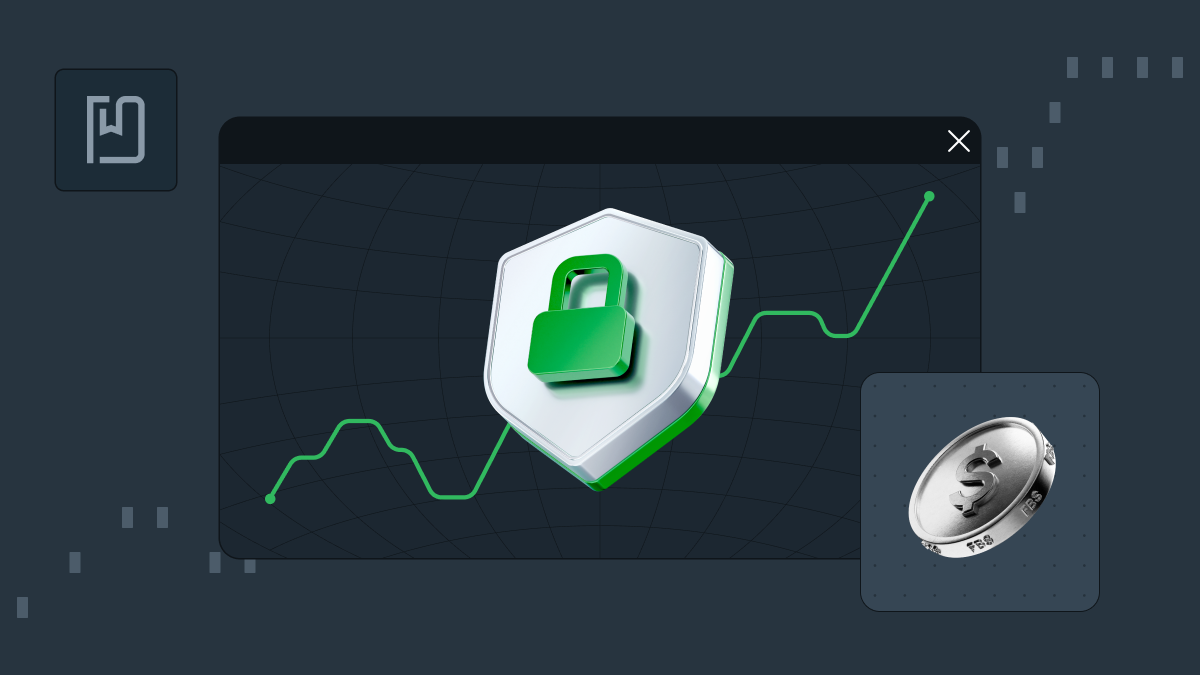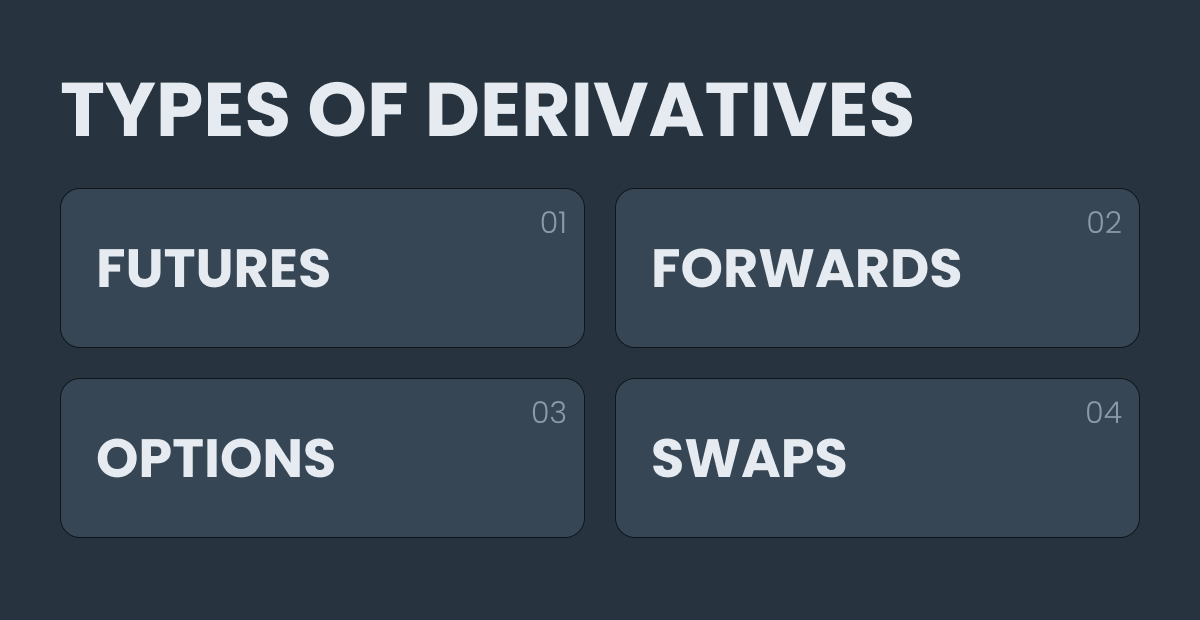
Introduction
Derivatives in the world of investments are financial contracts whose value is intrinsically linked to an underlying asset, like bonds, interest rates, commodities, and even currencies.
They are complex financial instruments with multiple applications, from risk management to speculation. Together with equity and debt, derivatives form a third important category of financial tools that can be used by experienced investors to handle their portfolios.
With a considerable market size and considerable strategic importance, derivatives and their characteristics are essential for investors of all kinds to form a better comprehension.
If you want to learn more, keep reading to familiarize yourself with common types of derivatives, and to decide if they could be useful for your financial goals.
Definition of derivatives in the financial world
At their core, derivatives are financial contracts between two parties that agree to exchange an asset if some predetermined conditions are met.
What those conditions are can vary, but the most important ones are usually price variation, quantities of the asset in question, and expiration dates.
As the word suggests, some derivatives derive their value from an underlying asset. They are an important tool for getting more exposure to notoriously difficult assets to access, like more expensive or complex ones.
Derivatives can be used to access a super expensive asset like bitcoins. With them, you don’t need the funds to actually own lots of bitcoins to leverage your gains. If the price goes up, you can benefit from that with a significantly small margin. If the price goes down, however, you can also suffer bigger losses.
The underlying assets of derivatives can be pretty much anything, ranging from tangible goods like commodities and real estate, to intangible financial assets like stocks, indexes, interest rates, and even cryptocurrencies.
That’s one of the reasons they are so important for the market. But, with such great versatility also come more complex situations and types of contracts.
Features and usage of derivatives
Derivatives are very detailed and are created based on many different characteristics and aspects.
The main ones are expiration dates, strike prices, and quantities of the asset in question, but there are also more specific ones like settlement method (cash or physical), margin requirements, pricing models, and so on.
